Growing populations and higher temperatures put pressure on world food supplies. Naturally occurring soil bacteria may save crops in drought-stressed areas, put more land into crop production, and produce more food.
According to the National Oceanic and Atmospheric Administration, regions experiencing drought conditions in the continental United States peaked at 31.5% during 2016. By March of 2017, wildfires whipped at 70 mph across tinder-dry pasture and agricultural land in Oklahoma, Kansas, and Texas, leading those governors to declare state emergencies. Later in the same month, Florida, North Carolina, and Kentucky joined the list of states battling large, unseasonable fires.
As climate and weather cycles become less predictable, farmers in the US and other countries struggle to grow crops and turn some kind of economic advantage. In other regions, growing any kind of crop offers a simple chance to survive.
To state it simply, humans rely on plants to survive. With an estimated global population of nine billion by 2050, and land and crops wilting under heat and fire, current food strategies may not produce enough for everyone to eat.
A recent study from Northern Arizona University, published in the journal Plant and Soil, offers insight into soil bacteria that may help humans struggling to feed a hungry world.
Rhizobacteria: Underground Heroes
As you might expect, the soil, as plain as it may look, is teeming with microbial and other life. Farmers and gardeners know that a large part of producing food or flowers has to do with the soil. The term rhizobacteria refers to microbes that live in and around the roots of plants. "Rhizo" means an association with roots or the root zone, which is called the rhizosphere.
For the most part, rhizobacteria have a mutually beneficial relationship with the plants they live in and around. You may have heard of one type of rhizobacteria, Bacillus thuringiensis (aka Bt), that is commonly used by organic gardeners for natural pest control. By the 1990s, agri-businesses were using genes of Bt in genetically modified crops to defend plants against insect pests.
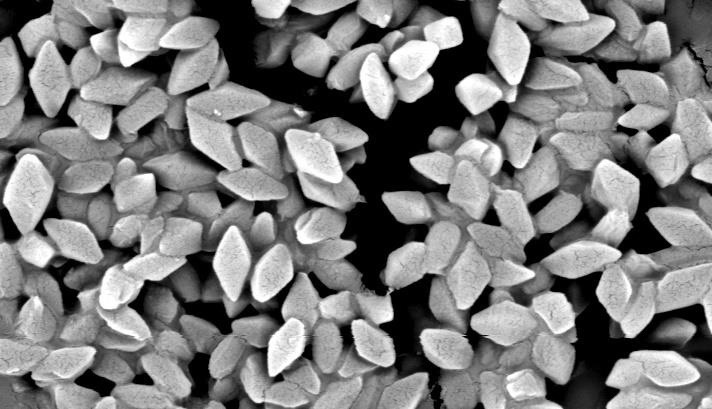
Another rhizobacteria, Bacillus subtilis, is used to coat the seeds of up to 75% of peanut, cotton, corn, and soybean plants grown in the US. The bacteria helps protect the plants from fungal pathogens.
Plant growth-promoting rhizobacteria, or PGPR, are a large, diverse group of bacteria that are found in the soil of every continent. They colonize plant roots, tips, and tissues, as well as the rhizosphere.
A loose comparison would be to consider rhizobacteria like the beneficial microbes that inhabit your own digestive system. Like those gut bacteria, rhizobacteria mediate environmental stress, produce important enzymes, and assist uptake of nutrients. Some rhizobacteria deter and defend the root zone from pests and bacterial pathogens that would hurt or sicken the plant.
Importantly, rhizobacteria can boost plant growth, production of shoots, and root mass. The bacteria are diverse and generally not plant-host specific, meaning they can often adapt to symbiotic relationship with a plant that is distantly related to their favorite species.
In this research, scientists conducted a meta-analysis, or overarching review, of 52 studies that appeared in 44 different journals, with lead authors from 18 countries. Because 70% of global water supplies go to irrigation, and given the diminishing frequency of rainfall in some agricultural belts, researchers hoped to gain some understanding of whether the bacteria could help crops in regions with frequent drought.
The analysis offers hope for farmers working with progressively warmer, drier climates. Here are some important findings:
- PGPR slow wilting of drought-stricken plants by producing specialized enzymes, creating beneficial biofilms, and making phosphorus in the soil more readily available to plants. Beneficial rhizobacteria from dry, arid regions could be collected and cultivated for use in regions with inadequate rain to support plants that suffer drought stress.
- Although intense agricultural practices, synthetic fertilizers, and tilling may have diminished the relationship between rhizobacteria and host plants, the dynamism of the mutually beneficial relationship can likely be recovered.
- Plants treated with PGPR, like grains and vegetables, produce between 20% and 45% more food, grow more shoots, and develop a larger root mass that supports better, faster growth.
- The benefit of rhizobacteria appears to be greater in plants growing in areas of drought stress, as opposed to well-irrigated counterparts.
- The application of living PGPR to the soil may speed soil recovery from unsustainable intensive agricultural practices.
- The study authors note the symbiotic bacterial relationship "appears to be a heritable trait," which means plant biologists could engineer reliance on the bacteria back into highly-crossed modern plants.
- The most effective way to inoculate plants and the rhizosphere with the rhizobacteria seems to be through coatings on plant seeds.

The benefits of the mutual relationship in the rich rhizosphere are diminished in modern, highly-hybridized plant cultivars. But the bacteria can still boost yields and support plants through seasonal drought.
"Our findings show heirloom cultivars, hybrid crops, and even transgenic crops can still 'remember' how to interact with these beneficial bacteria," lead author Rachel Rubin said in a press release. "We just need to provide them the opportunity."
Just updated your iPhone? You'll find new emoji, enhanced security, podcast transcripts, Apple Cash virtual numbers, and other useful features. There are even new additions hidden within Safari. Find out what's new and changed on your iPhone with the iOS 17.4 update.
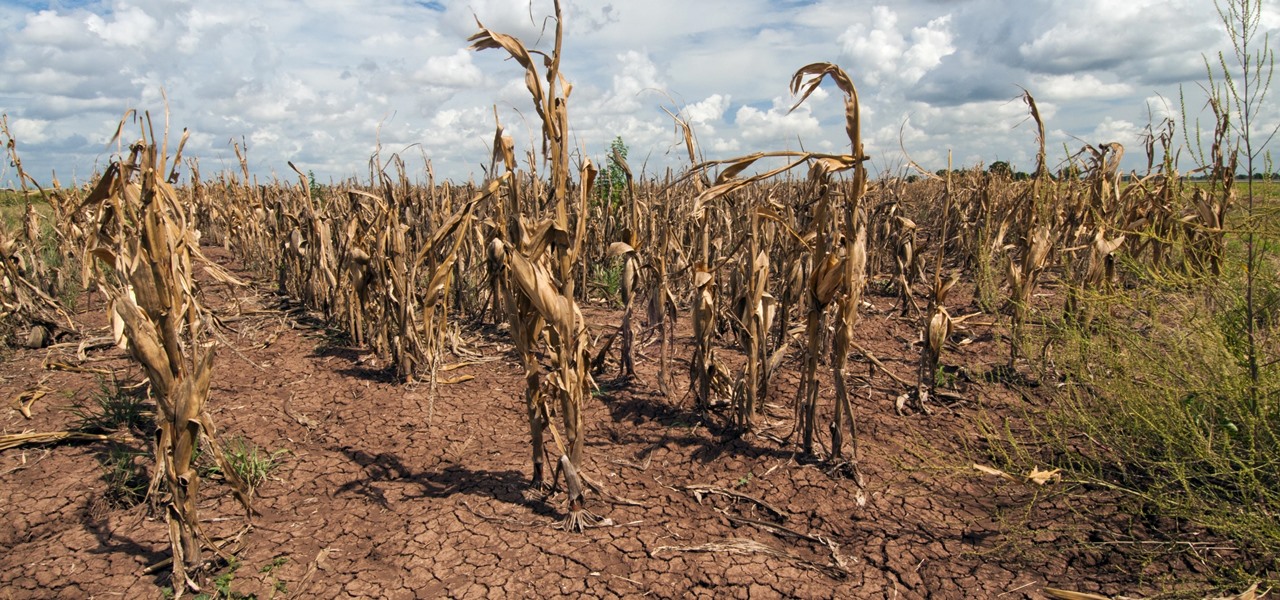
















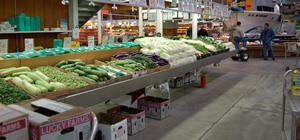






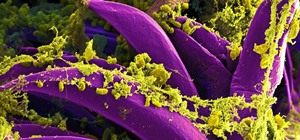
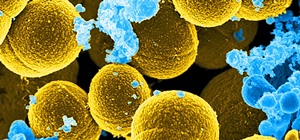

Be the First to Comment
Share Your Thoughts